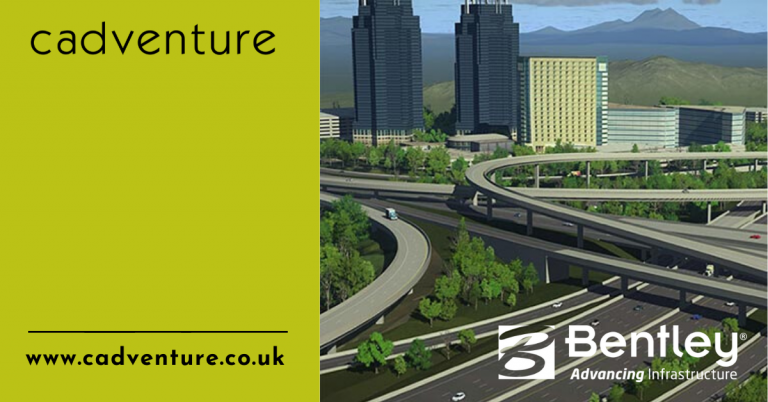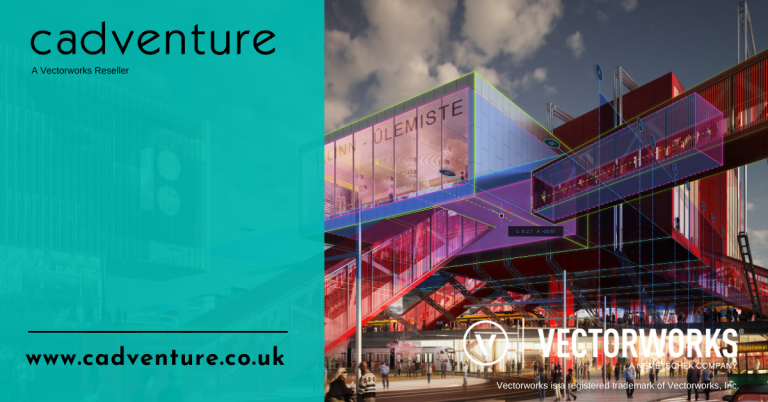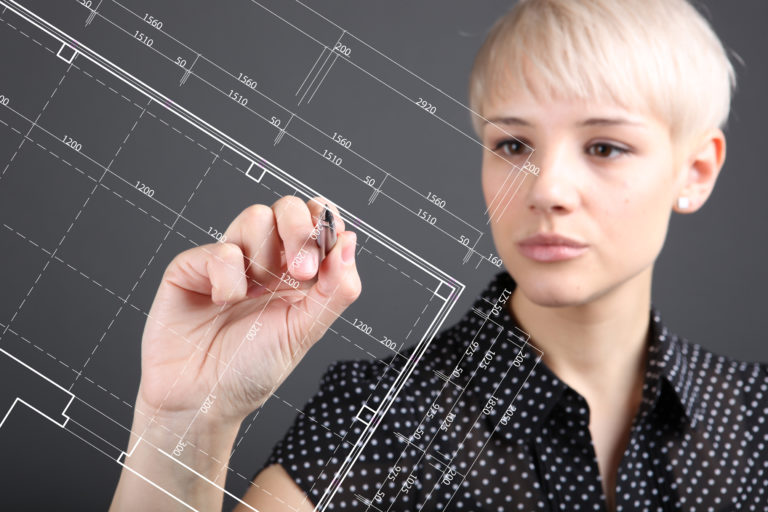Trends that are transforming the construction industry
by Patrick McNamara, Sales Director, Cadventure
It is an amazing fact that it has been six decades since the AEC industry began to embrace digital solutions. Initially it was CAD software that was making waves in digital construction – but once the digital revolution began, new innovations started appearing at an ever-increasing rate.
Over the years, we have seen an enormous uplift in smart, creative digital solutions. Although the construction industry has embraced digital solutions, as an industry we are still relatively new to the process.
The AEC industry is undergoing digitalisation at an ever-increasing pace, requiring data management solutions around the design, construction, and operation phases of physical assets. The speed with which the industry is transforming is incredibly exciting, as new trends emerge and begin to completely reshape the way we work.
Cadventure, has been at the forefront of digital adoption at every turn from the early days of 2D to 3D BIM and beyond – for example, helping clients to produce animations for projects such as for the Sydney 2000 Olympics stadium, all part of their digital journey with CAD and 3D visualisations.
Here we take a look at some of the exciting current digital trends and how they are making waves across the built environment.
Immersive technology
When we think about game-changing technology, we immediately think of immersive technology, such as Augmented Reality (AR) and Virtual Reality (VR).
AR has the benefit of being able to place a 3D model into an existing space using a device such as a smartphone or headsets that project the virtual into real space, whereas VR is a completely virtual environment using immersive headsets.
When immersive tech first emerged, it was assumed that it would be largely the remit of marketing and design teams. But what we are seeing is more companies adopting it to make their construction more efficient. They can model and schedule in an immersive environment before building starts, saving on time and cost within the process.
As well as offering design help, immersive technology can also have a huge impact on safety standards and training. Remote workers can inspect job sites before going out in person, and companies can even train staff in a safe space before they even set foot on the site. With Augmented Reality, we are seeing this being adopted in a wide range of use cases – from On-site safety inspection to operational maintenance – bringing virtual experts to a real site.
Robotics
Robotics has been utilised in most industries across the economy – the technology is still young, but it is a fast-growing reality.
By introducing machines that can perform repetitive tasks, we free up time for more value-added and money-making activities. For example, a robot who can lay bricks quickly, efficiently, and cheaply, can then free up a worker for more creative thinking within the build.
This also has the potential to reduce the risk of human error, helping with productivity and reducing accidents on-site.
Then taking it to the next level and using robotics for semi-autonomous work such as surveying in dangerous conditions and creating building components that would be too complex for a human to build.
Digital Twin
The current industry buzzword is the ‘Digital Twin’. There are a lot of definitions around what a digital twin is, but in essence, it is a virtual representation that serves as a real-time counterpart of a physical asset. It brings different elements of design and data together in a single environment, allowing everyone within the process access to all the asset data – from designers and contractors to owners and operators. Importantly a true digital twin should allow a feedback mechanism between the digital and physical asset, that helps to ‘future-proof’ a project, as well as making maintenance of the asset as simply and efficiently as possible.
For a digital twin to be successful, it needs to incorporate a lot of different types and sources of information. It is more than just a model or a drawing – it includes data on materials, environment, past performance data and other individual pieces of data, to create a full picture of that asset – past, present and future.
The benefits of a digital twin are exceptional. It allows engineers and operators to monitor assets remotely and identify problems before they occur – greatly reducing waste and down time.
Cloud Space
Cloud space relates to both storage and collaboration. With projects becoming more data and file heavy, cloud solutions are crucial for storing this data and making it available to anyone within the project team, anywhere in the world at any time.
During the pandemic, being able to access a file at any time, anywhere became even more important. We have seen a lot of adoption of design review technology over the last 12 months, as teams move their meetings to the cloud, and realise that this approach not only saves time and paper but improves the design review process as it is more accessible to teams for constructive input.
Working digitally and remotely via the cloud allows you to send data to the team, rather than relying on the team finding their way to the data in the physical world. With unlimited storage, you can put as much data as you need to into a project without relying on a server.
Cloud space also allows for a single source of truth in the project. Hosting all data in a central Common Data Environment (CDE) means that everyone involved is working on the latest file at any given time, often updated in real-time.
Artificial Intelligence & Machine Learning
Artificial Intelligence (AI) and Machine Learning (ML) can bring multiple benefits to those who use it. The goal with these technologies is not to replace humans, but rather to equip them with the capability to improve efficiency and quality. By taking over manual duties and replacing them with automation, this allows professionals to focus on creative use of their time and value-added activities. Engineers want to be doing engineering, not repetitive tasks!
By teaching software to do these tasks, it can then predict any issues and mistakes ahead of time, clearing up any confusion before anything goes to the real-world environment, eliminating human error to create safer built assets.
However, AI and ML are still in their infancy when it comes the AEC industry. Where other industries have had several decades of digital development, construction is still catching up.
The future of digital construction
Construction is one of the least digital sectors, ranking behind even agriculture for digital adoption. Where other industries are benefitting from digital solutions already, we are only just seeing the potential for AEC.
Cadventure specialises in the implementation of these vital digital tools, but more importantly in training those who use them. We need to ensure that digital is seen as a tool for the professionals in our industry, rather than something that threatens to replace them – but we also need to ensure that we are attracting new talent into the industry.
Firms that implement a digital strategy have been shown to be more successful in attracting and retaining talent – and with a skills shortage in the industry, this is something construction needs to put a lot of time and energy into.
We can expect to see far more exciting and innovative products emerge over the coming years, and early adoption is crucial if we are to elevate the industry to its highest potential.







